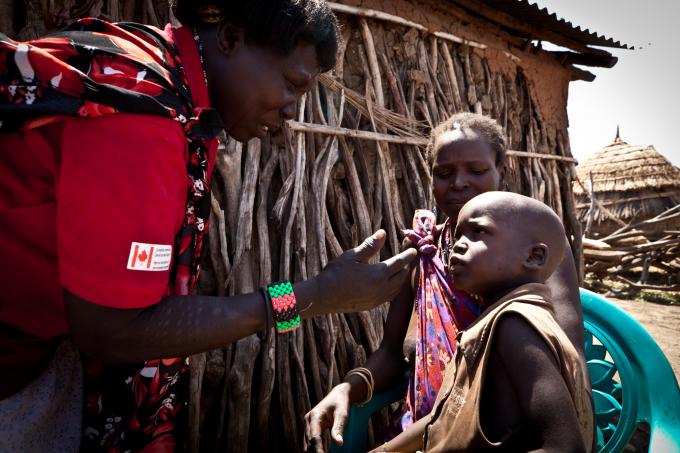Health and nutrition

In many areas of South Sudan children have to walk for hours to the nearest health clinic, which is often no more than one room with few drugs and no trained staff. Poor health infrastructure combined with high rates of preventable diseases and malnutrition mean that one in seven children in South Sudan die before their fifth birthday.
Save the Children helps children survive in the face of some of the most adverse conditions in the world. Our focus is maternal, new-born and child survival and we provide drugs, equipment, training and other support to government health centres, deliver vaccinations, and provide care to children who are malnourished.
We also run programmes in hard to access areas with no health clinics that train community health workers to identify and treat the three main killers of children under-five; malaria, pneumonia and diarrhoea, reducing the need for children to travel long distances to the nearest health centre.
As a result of many factors including poor healthcare, poor child feeding practices, and food insecurity caused by conflict, drought, floods and food price shocks, malnutrition rates in South Sudan continue to remain above the emergency thresholds, with 22% of children malnourished.
In Eastern Equatoria and Jonglei states we run centres that screen and treat children for malnutrition, providing them with highly nutritious food or medical care in severe cases. We also support local health workers and communities to identify and manage malnutrition, as well as building the capacity of the Ministry of Health to prevent and address malnutrition.
 South Sudan
South Sudan